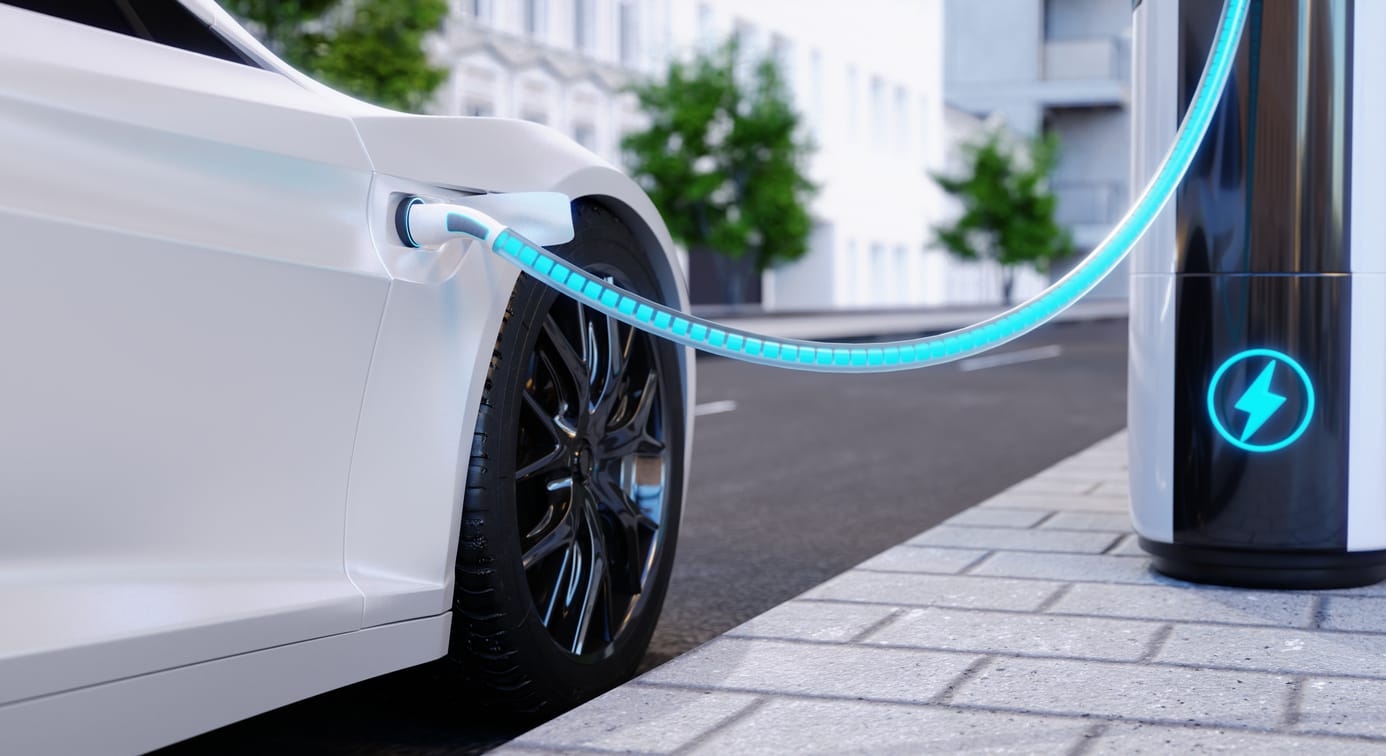Setting the Scene: The Electric Vehicle Revolution As electric vehicles (EVs) accelerate in popularity, the demand for shipping these cars across states rises too. Therefore, it’s essential for car owners and dealers alike to understand the nuances of transporting electric rides from one state to another.
Understanding State-by-State Rules Each U.S state holds its own set of regulations for shipping EVs. So, before diving into the intricate process, familiarizing yourself with the rules of both the departure and destination states is crucial.
1. The California Code Golden Opportunities and Restrictions California, a pioneering state for EV adoption, has stringent guidelines for shipping electric cars. Always ensure your EV meets California’s emission standards. Also, do remember that the state offers incentives for electric vehicle owners, which can offset shipping costs.
2. Navigating New York Bright Lights, Big Rules In the Big Apple and its state, electric vehicle transportation isn’t as complicated. However, some city-specific regulations might apply. For instance, while shipping your EV into New York City, be wary of weight restrictions on certain bridges and tunnels.
3. Texas: The Lone Star State Vast Roads, Varied Regulations With Texas’s vast landscapes, shipping your electric vehicle here requires careful route planning. Moreover, it’s beneficial to be aware of the state’s tax rebates for EV owners.
Shipping Methods: Which One to Choose? There are several ways to get your electric car from Point A to Point B. Each has its advantages, depending on your specific needs.
1. Open-Air Transport Ventilation and Visibility This method involves transporting your car on an open truck. Although it’s cost-effective, there’s a slight risk from external elements. Nevertheless, for short distances, this might be your best bet.
2. Enclosed Transport Safe and Secure Opt for enclosed transport if you’re shipping a luxury electric vehicle or traveling through states with unpredictable weather. It might cost a tad more, but the peace of mind it offers is invaluable.
Insurance Insights: Playing it Safe When shipping, ensuring your vehicle is paramount. Different carriers offer varied insurance options. Always ask for proof of insurance, understanding the coverage limits, and knowing what aspects of damage (if any) are out of policy bounds.
Preparation is Key: Prepping Your EV for Shipment Before you ship your EV, certain steps ensure its safety and streamline the process.
- Battery Check: Make sure your EV’s battery is adequately charged but not overcharged. Typically, a 50% charge is ideal.
- Document Everything: Take photos and make notes of any pre-existing damages. This can be helpful in case of insurance claims.
- Personal Belongings: Remove any personal items. Not only can they add weight, but carriers aren’t usually liable for personal goods.
Cost Considerations: Breaking Down the Budget Shipping your electric vehicle isn’t a one-size-fits-all cost. Several factors come into play: the shipping method, distance, and specific state regulations can all influence the final price. Moreover, seasonal fluctuations can also impact costs. So, always get multiple quotes and read reviews before settling on a transporter.
Conclusion Shipping an electric vehicle across states in the U.S involves navigating a maze of regulations, preparing your vehicle, and considering costs. With thorough research and understanding, you can ensure a smooth and safe transportation process for your prized electric ride.
FAQs
- Q: How long does it typically take to ship an electric car across states?
- A: Generally, coast-to-coast shipping might take 7-10 days, while shorter distances can take 3-5 days. However, external factors like weather and route can influence this.
- Q: Are there any special considerations for shipping electric cars compared to conventional ones?
- A: Yes, especially the battery charge level. Unlike conventional cars, EVs shouldn’t be fully charged during shipment. A 50% charge level is usually recommended.




